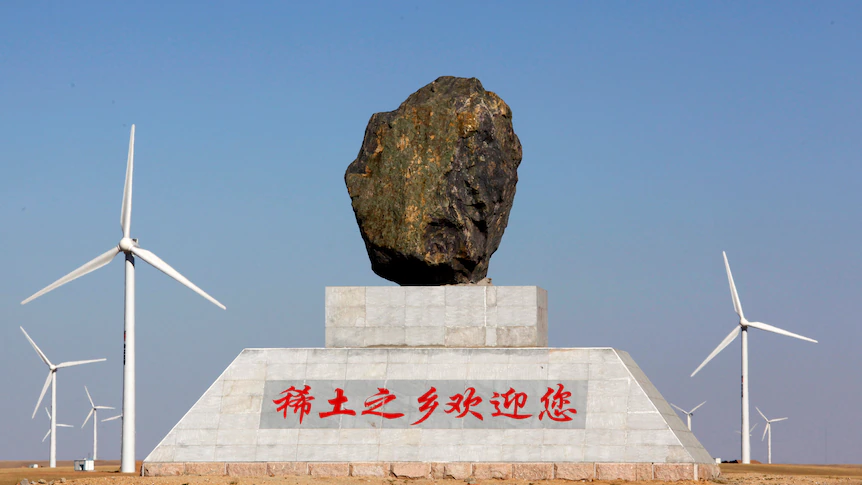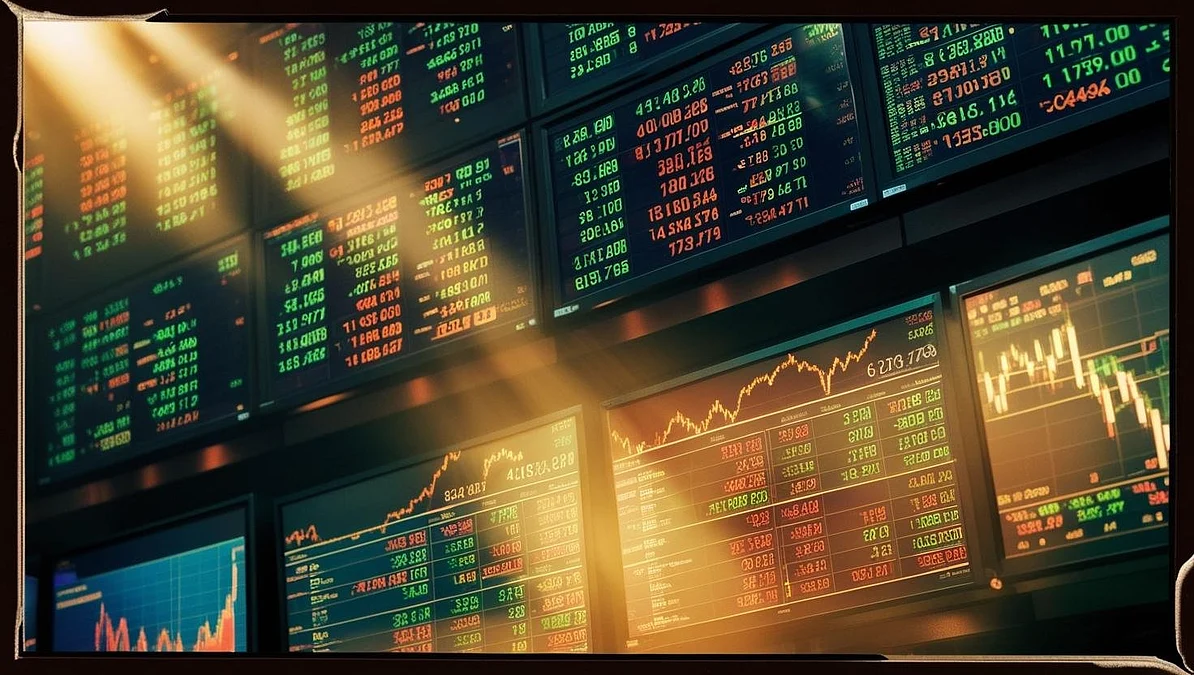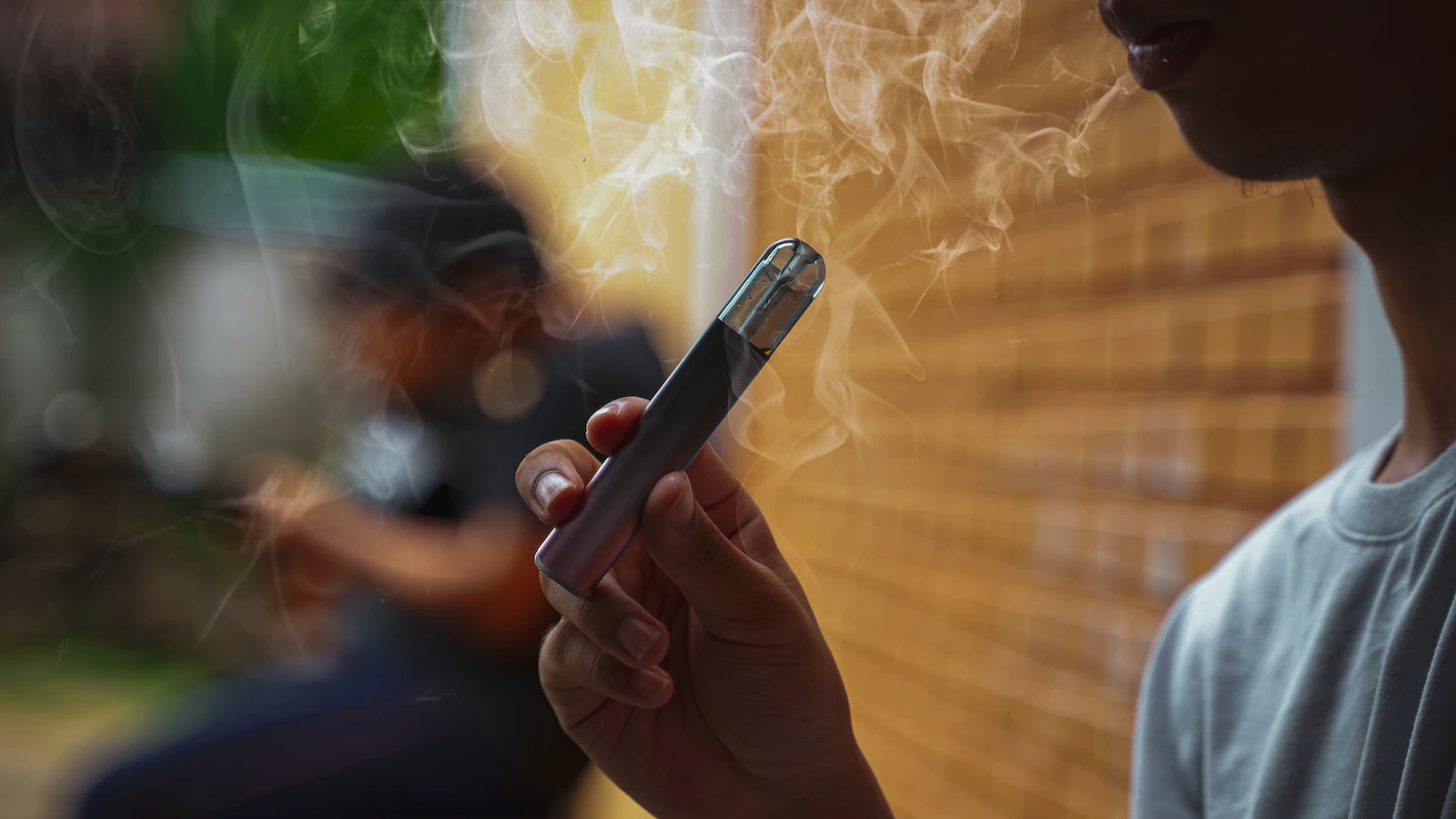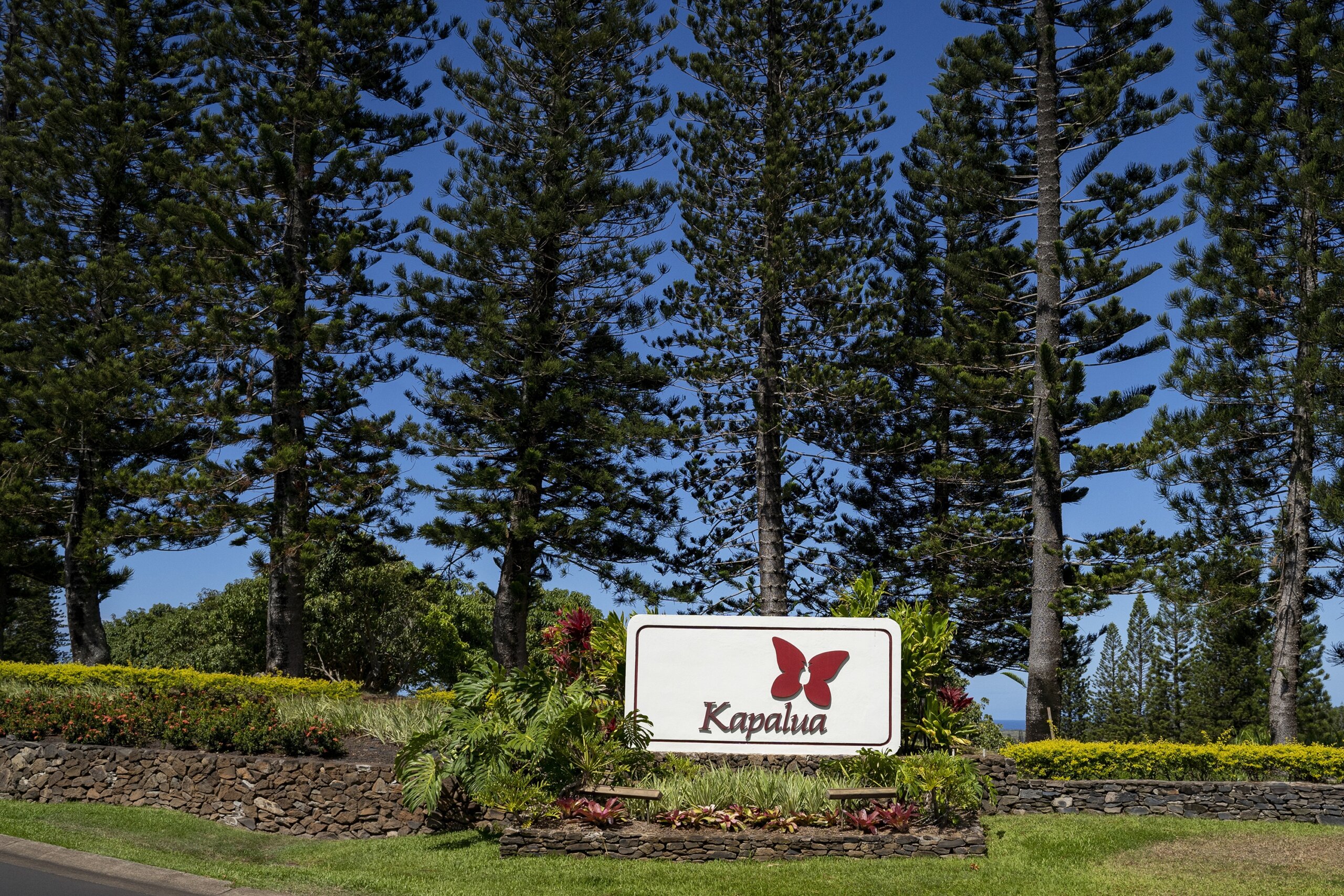By Rhiannon Shine
Copyright abc

They sound like the names of characters in a science fiction blockbuster: Neodymium, Praseodymium, Dysprosium and Terbium.
In reality, these magnetic rare earth elements are more like the invisible main characters of our modern world — critical for manufacturing everything from electric vehicles and wind turbines to fighter jets and nuclear submarines — and they are almost certain to be on the agenda when Prime Minister Anthony Albanese meets with US President Donald Trump.
China has carved out a near-total monopoly in rare earth production and processing, but its dominance in the area has taken decades of investment.
This has become an increasing concern for nations including Australia, according to Naoise McDonagh, an international trade and geopolitics expert and senior lecturer at Edith Cowan University.
“If we do not have an independent supply chain for rare earths, Australia may not be able to access the defence equipment it needs in an incredibly volatile period.
“So there is an absolute security imperative here that cannot be weighed purely against profit.”
China’s Trump card
Despite the name, rare earth elements are not actually all that rare. In fact, they’re quite abundant in the Earth’s crust.
But the difficulty lies in the downstream process: Extracting and refining these rare earth metals can be costly, complex and environmentally challenging.
The first time China’s stranglehold on the supply chain became an issue was in 2010.
Following a territorial dispute, China suspended rare earth exports to Japan — prompting the Japanese government to invest in West Australian miner Lynas Rare Earths to help future-proof its supply.
Today Lynas is the world’s only significant producer of separated rare earth materials outside of China.
However, China still controls around 90 per cent of global processing capacity.
This domination was on show during US President Donald Trump’s tariff orders.
“That really woke up the Americans to the absolute dominance China has over this critical input.”
Enter: Australia
Drive a few hours north of Perth to the quaint ex-mining town of Eneabba, and you’ll find a million-tonne mound of what looks like worthless dirt.
But it’s actually a stockpile of mineral sands that is part of the Australian government’s plan to try to break China’s dominance.
Hidden inside this stockpile are the rare earth elements Neodymium, Praseodymium, Dysprosium and Terbium.
Critical minerals miner Iluka Resources has been building this stockpile since the 1990s, and Daniel McGrath, the company’s head of rare earths, said it is now worth around $1 billion.
It is destined for an under-construction refinery being built at the Eneabba site, due for completion in 2027, thanks to a $1.65 billion loan from the federal government.
“What the rare earth refinery [will do] is it takes rare earth mineral concentrates, extracts those rare earths and separates them into their discrete individual form,” Mr McGrath said.
Iluka’s stockpile will only feed the refinery for about seven years, but the idea is that other rare earths miners will sell their ore to Iluka, which will then on-sell the refined oxide to countries with the capacity to use it in advanced manufacturing.
“Our intention is to supply like-minded western markets that are building that downstream supply chain to address the monopoly that is currently held by China,” he said.
But the refinery alone won’t be enough to kickstart rare earths mining in Australia.
Chinese manipulation
Mr McDonagh said China has been able to manipulate the international rare earth market by forcing out new entrants.
“If a new miner or investor wants to set up a rare earth refining capacity, China has been known to flood the market with a lot of supply; this forces down prices and undermines the operations investments of the new non-China supply,” he said.
“This is a tactic that even private firms use if they are a monopoly, to protect their monopoly — so it is not just China that does this. But in this instance, it is critical to the whole world’s supply of rare earths.
Price volatility is part of the reason why the Yangibana rare earths project is sitting unfinished in WA’s Gascoyne region, according to Wyloo Metals CEO Luca Giacovazzi.
He said the mine could be operational within 18 months, but needed a further $350 million investment and improved market conditions.
Mr Giacovazzi would like to see the Australian government set a floor price for specific rare earth metals, as the US government did earlier this year.
“I don’t think you should rely on government support to get projects built, but I think the government can play a role in helping to smooth out price volatility,” he said.
“We like the idea of a floor price when prices are really low to support the industry and to keep mines running, but when the price becomes very high, that there is a repayment back to the government for that support.”
Australia could be ‘alternative supplier’
Resources Minister Madeleine King indicated a floor price could form part of the federal government’s Critical Minerals Strategic Reserve plan, due by the end of next year.
“The notion around [the Critical Minerals Strategic Reserve] is to introduce mechanisms that bring stability to the market of rare earths and critical minerals,” she told 7.30.
“It may be a virtual stockpile, there may be space for it to be a physical stockpile — but that would be very, very minimal.”
The minister said the government was more focused on developing offtake agreements, which are contracts that commit a buyer to purchasing a set volume of product.
“Government involvement in offtake and setting a price floor can bring that really important stability to a market that can be subject to quite stern manipulation from outside sources.”
Ms King said the government would need to establish an exit point out of any floor price arrangement, which may mean a ceiling price or some other form of off-ramp, to ensure it was a fair deal for taxpayers.
She hoped Australia could become the world’s alternative supplier of refined rare earths.
“They go into the Virginia-class submarines, they go into fighter jets.
“Whilst there is no immediate risk to defence applications, we have to look into the long-term and realise that Australia is in a position where we can and should take up the responsibility to lead on rare earths and critical minerals globally, so that we are the alternative supplier.”
Mr McDonagh said whilst government investment in this space was necessary, it was not without risk.
“We don’t know if the investment is going to be successful,” he said.
“Australia is solving the supply side. We have to now get our partners on board to help solve the demand side.
“If Australia’s partners get on board, where they commit to paying a higher price — a premium for rare earths produced in Australia, then Australia has a bright future in rare earth elements.
“If not, then there’s a risky future for rare earth element production in the country.”
Watch 7.30, Mondays to Thursdays 7:30pm on ABC iview and ABC TV



